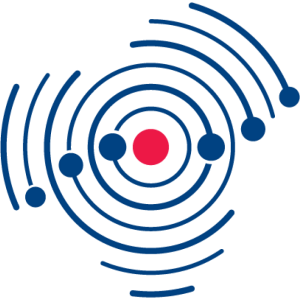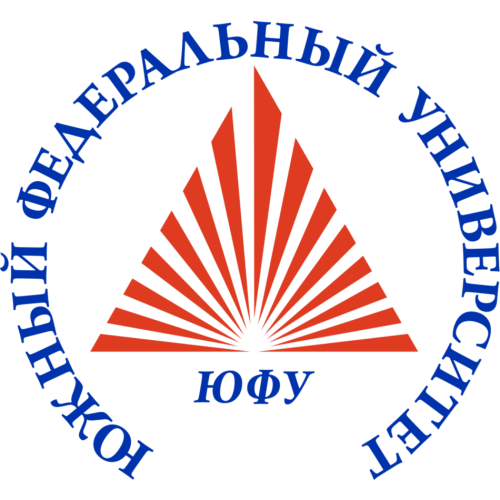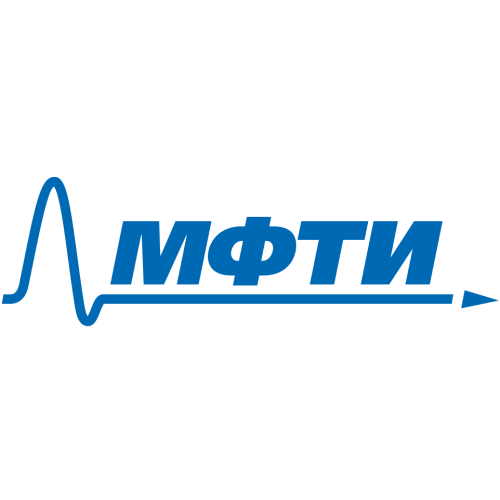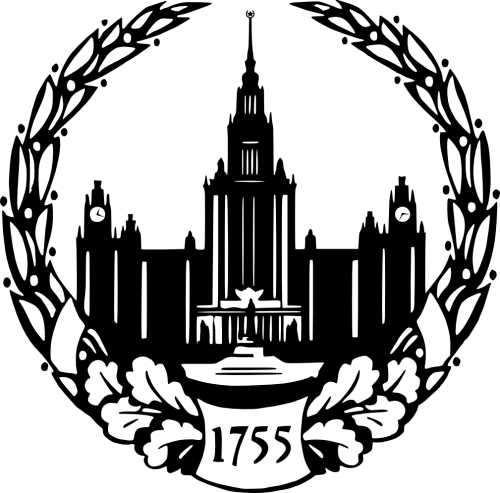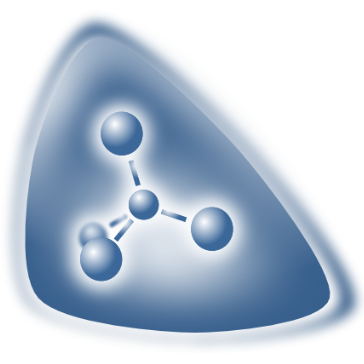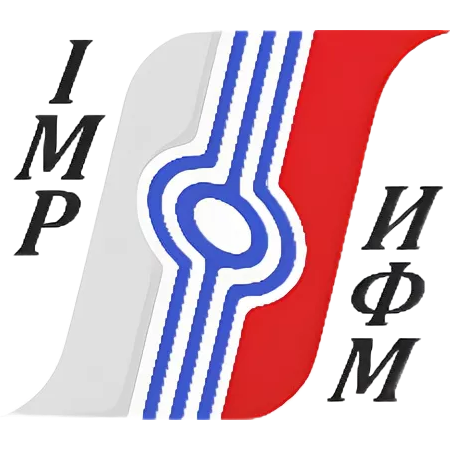International Research Center for Theoretical Materials Science (ICTM)
Publications
307
Citations
14 709
h-index
52
Authorization required.
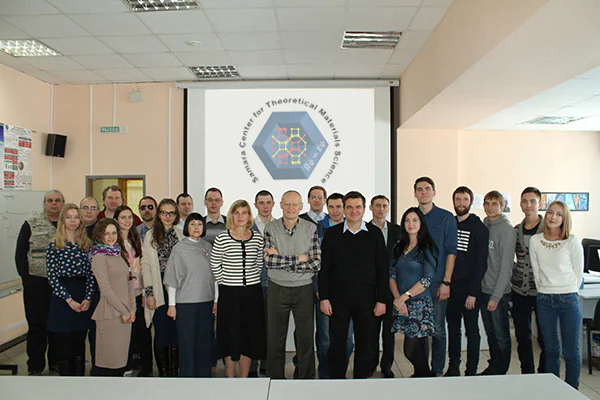
Among the areas of work carried out by the ICTM:
- development of new software for modeling new materials and intelligent analysis of experimental data;
- creation of a new generation of electronic databases for heuristic prediction of the physical properties of solids;
- development of an expert system for effective search of materials with specified properties;
- organization of a computer center for calculations of solids by quantum mechanical methods;
- creation and support of an Internet portal on theoretical materials science;
- support for an online forum on the use of theoretical methods in materials science;
- organization of schools, workshops, seminars on theoretical materials science.
- Geometric and topological methods in crystal chemistry and materials science
- Computer modeling of physical properties of materials at the atomic and molecular level using molecular dynamics and Monte Carlo methods
- Quantum mechanical ab initio calculations in quantum chemistry and solid state physics
- Modeling and description of properties of small and nanoscale structures
Vladislav Blatov
Head of Laboratory

Yulia Popova
Head of Department

Evgeny Frolov
Senior Researcher

Eugeny Alexandrov
Senior Researcher

Olyga Blatova
Senior Researcher

Irina Karaseva
Senior Researcher

Inna Medrish
Senior Researcher

Aleksandr Shevchenko
Senior Researcher

Natalyya Kabanova
Lead Engineer

Oleg Pichkaev
Lead Engineer

Andrey Pershin
Researcher

Aleksandr Burchakov
Researcher

Darya Prokopova
Engineer

Mariya Demina
Engineer

Andrey Sokolov
Engineer

Mihail Frolov
Engineer

Ekaterina Barabanova
Junior researcher

Elizaveta Morhova
Junior researcher

Mihail Smolykov
Junior researcher

Andrey Ponomarev
Research assistant

Aleksandr Antonyuk
Research assistant

Ekaterina Buhteeva
Research assistant

Tatyyana Obaedkova
Research assistant

Valeriya Pavlova
Research assistant

Ulyyana Plotnik
Research assistant

Mariya Solodovnikova
Research assistant

Ilyya Trofimichev
Research assistant

Olyga Yudova
Research assistant

Vladislav Osipov
Research assistant

Tihon Slavnov
Research assistant
Research directions
Software development
+
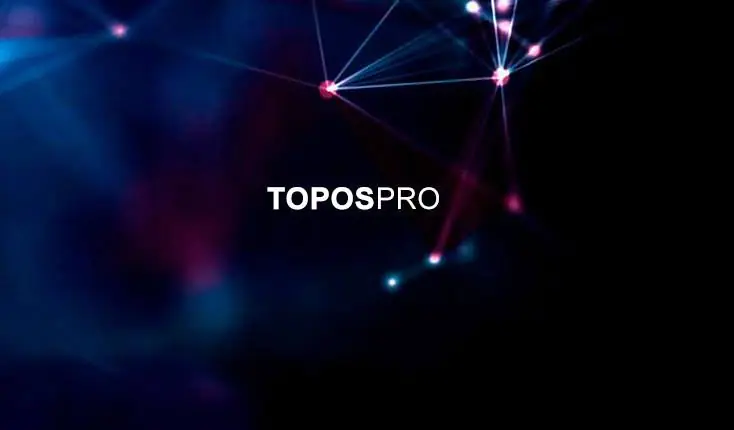
Main features: Our ToposPro software package implements new methods for studying the structure and properties of solids, which allow searching for correlations between the chemical composition, structure of crystalline substances and their physical properties using all currently accumulated experimental material stored in databases Solved tasks: Investigation of the system of bonds between crystal atoms Automatic search for materials with Analysis of cavities and channels in the crystal structure, prediction of adsorption properties of materials Construction of ion migration maps, search and prediction of new ion conductors Search for nanoclusters in the structure of intermetallides Recognition of intertwining structures Visualization of crystal structures
Metals | Intermetallides | Alloys
+
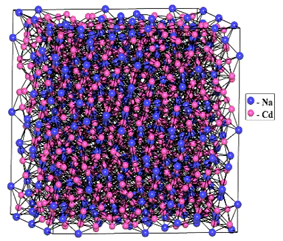
Tasks to be solved: Calculation of physical properties (elastic stiffness matrix, Young's modulus, shear modulus, volumetric compression modulus, Poisson's ratio, brittleness/elasticity, heat capacity, coefficient of thermal expansion, permittivity) Modeling of oxidation processes Calculation of the electronic structure Construction of phase diagrams Search for substances with similar composition, structure and properties Our results: Methods and software for automated analysis of the structure of intermetallides have been developed, a database on the structure and composition of more than 2000 nanoclusters in intermetallides has been created
Zeolites|Zeolite-like materials | Porous materials | Crystal Growth
+
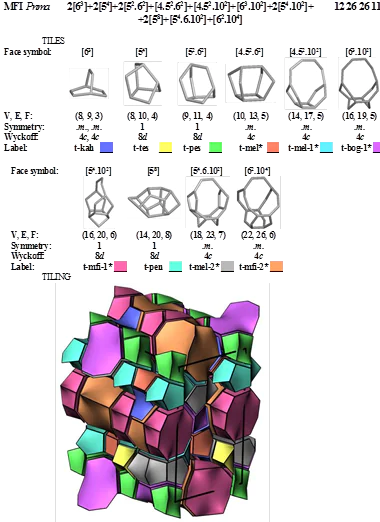
Tasks to be solved: Determination of channels and cavities in porous materials Prediction of new zeolite-like materials Search for organic templates for the synthesis of porous materials Modeling of crystal growth processes Our results: Methods, algorithms and software for analyzing the system of cavities and channels and zeolite-like and other porous materials have been developed, a classification of cavities and channels in all known zeolites has been carried out, a structure design method has been developed Together with the University of Manchester, a universal method has been developed for modeling the process of crystal growth of substances of any nature, which allows determining the conditions necessary to obtain crystals of the required shape
Molecular crystals | Organic polymorphs | Substrates for electronics
+

Tasks to be solved: Multilevel analysis of the structure of molecular crystals of any composition and complexity Search for structural analogues and molecular substances with similar properties Prediction of polymorphism of organic substances Search for crystals with cleavage in specified directions Our results: Methods and software have been developed to assess the anisotropy of the energy of intermolecular interactions and prediction of cleavage planes Lists of organic crystals promising from the point of view of applications as crystalline substrates for the production of thin films of organic semiconductors by molecular beam epitaxy, a database on the geometric characteristics of more than 300,000 organic and inorganic molecules has been created
Adsorbents| Catalysts| Sensors|Optical and electrical materials
+
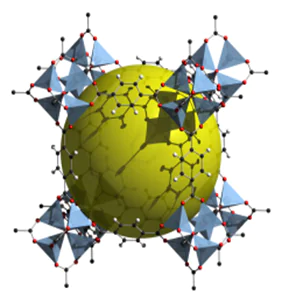
Tasks to be solved: Topological and geometric analysis of the crystal structure of coordination polymers Search for potential adsorbents, catalysts, sensors, conductors, semiconductors, insulators, optically active materials, pigments Calculation of mechanical properties, adsorption, diffusion, electronic and ionic conductivity, chemical reactions, electronic structure, energy and spectral characteristics Modeling of material behavior under given physical and Our results: Methods, algorithms and software have been developed to search for patterns of crystal structure formation of coordination polymers, databases with topological and geometric characteristics have been created for about 22,000 skeleton, 20,000 layered, 30,000 chain and 350,000 molecular coordination compounds, lists of practically significant porous frameworks and nanotubes, cleavable layered structures, and polynuclear coordination clusters have been obtained modeling of mechanical properties and adsorption of light gases of a series of practical significant metal-organic frameworks
Ionic conductors | Solid Electrolytes | Cathode materials
+
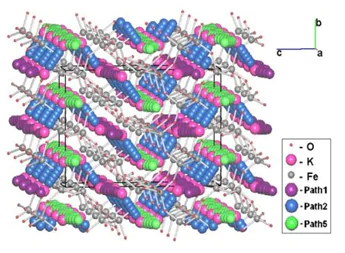
Tasks to be solved: Construction of ion migration maps Search for potential solid electrolytes and cathode materials from databases Calculation of energy characteristics of ion migration (migration energy, cathode potential) Modeling of deintercalated states of cathode materials Calculation of diffusion coefficients for mobile ions Analysis of electronic conductivity Our results: Methods, algorithms and software for mapping migration of mobile ions have been developed based on initial experimental data on crystal structures, lists of potential solid electrolytes with mobile lithium, sodium or potassium cations have been obtained, lists of potential promising cathode materials have been obtained, energy calculations have been performed migrations for a number of promising solid electrolytes and cathode materials
Publications and patents
Found
Nothing found, try to update filter.
2023
—
2024
| Шевченко Александр Петрович
2022
—
2024
| Блатов Владислав Анатольевич
2022
—
2023
| Крутов Александр Федорович
2022
—
2023
| Блатова Ольга Александровна
2022
—
2023
| Кабанова Наталья Александровна
2022
—
2023
| Золотарев Павел Николаевич
2019
—
2022
| Кабанов Артем Анатольевич
2019
—
2021
| Золотарев Павел Николаевич
2018
—
2021
| Александров Евгений Викторович
2016
—
2018
| Блатов Владислав Анатольевич
Lab address
1) г. Самара, ул. Ново-Садовая, 12; 2) г. Самара, ул. Академика Павлова, 1
Authorization required.
